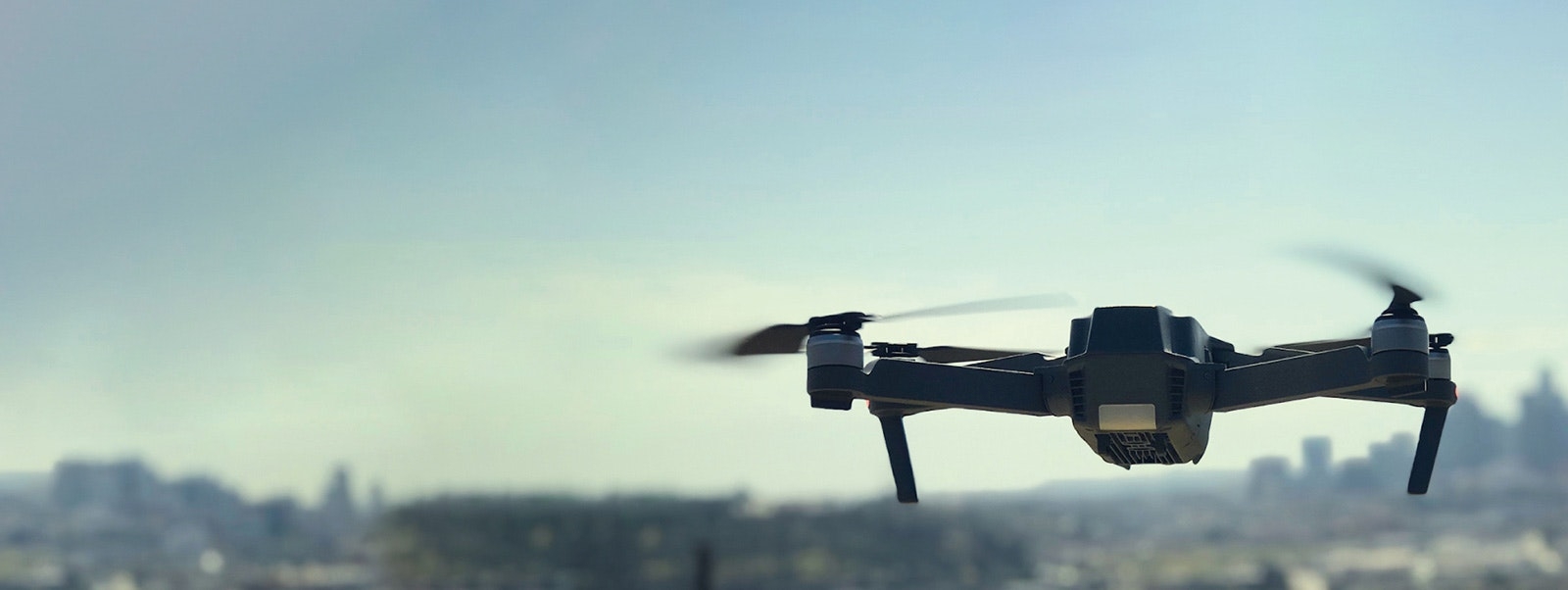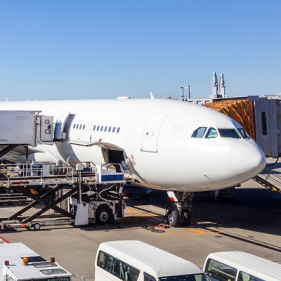By Dave Marcontell, Steve Douglas, Guillaume Thibault, Robbie Bourke
This article first appeared in Forbes on September 10, 2018.
The world of aviation and aerospace is on the cusp of a revolution based on autonomous flight and drone technology. While today’s drones are used for such tasks as inspecting tracks or power lines and assessing wildfires, tomorrow’s larger models will transform industries like construction and retail by carrying heavy cargo to hard-to-reach places. In less than a decade, traffic congestion and urban pollution could be eased by electric unmanned aircraft transporting people or products around cities.
Yet, reaching that potential will take new regulation and most likely advances in technology to enhance safe operation. Despite the business community’s impatience with what is seen as a go-slow approach to drones, a failure to sufficiently test and validate these rapidly emerging technologies could doom that blossoming revolution with the first loss of life from a drone mishap. Before the technology can be embraced for extensive commercial use, the risks — especially from bigger drones — must be identified, and strategies to mitigate those hazards must be developed.
A world of no
Where do we stand today? In the United States at least, most federal regulations on drones restrict their use: Drones, or unmanned aircraft systems (UAS), cannot fly over most federal facilities or over people; drones cannot fly at night or within five miles of an airport without permission; drones must fly below 400 feet and at less than 100 miles per hour; with some exceptions, they must weigh under 55 pounds (25 kilograms); and they must yield the right of way to manned aircraft. Some states further prohibit the use of drones in hunting; in California, drones cannot be used to record another person without getting consent. And in probably the most limiting regulation when it comes to the widespread commercial use of drones, they must be kept in the operators’ line of sight at all times.
Recently, a congressionally mandated report from the National Academies of Sciences, Engineering, and Medicine chided the Federal Aviation Administration (FAA), the primary regulator of UAS, for focusing on the risks posed by drones instead of their potential benefits. “Fear of making a mistake drives a risk culture at the FAA that is too often overly conservative, particularly [with] UAS technologies,” the National Academies report concluded.
To read the rest of this article, click here.
By The Beginning Of 2018, Total Drone Registrations With The Faa Had Topped One Million
The faa expects registrations to top three million by 2022 (in thousands)

1. Cumulative FAA registrations of modeler (hobbyist) and non-modeler including commercial and research drones as of January 18, 2018
Source: US Federal Aviation Administration, Oliver Wyman analysis
If a small, battery-powered drone falls out of the sky, the risk is minimal. That will change dramatically if big UAS begin to travel long distances and run on fuel










